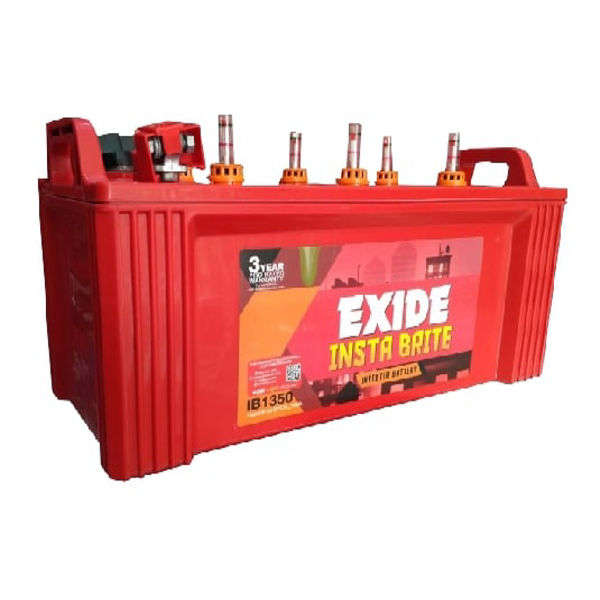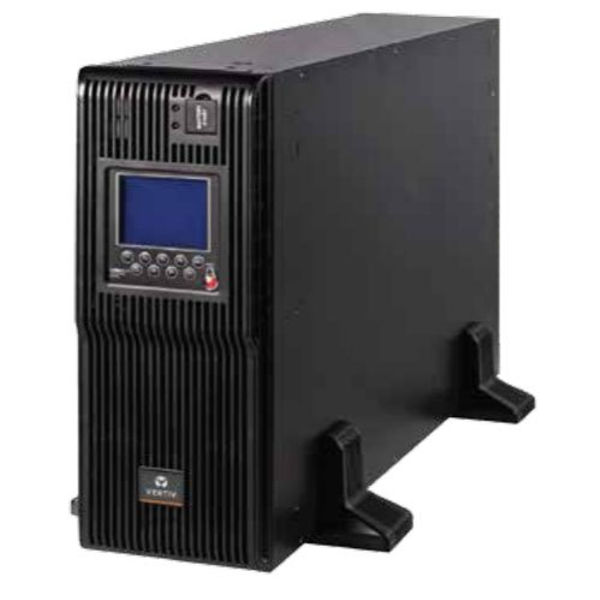The Vertiv 60 kVA Online UPS is an uninterruptible power supply (UPS) designed to provide reliable and continuous power to critical equipment in case of power interruptions. Here are some key details and features typically associated with this kind of UPS: Key Features: Online UPS Technology: The Vertiv 60 kVA UPS uses online double-conversion technology, meaning it provides constant, clean, and stable power to connected equipment by continuously converting incoming AC power to DC and then back to AC. High Capacity: With a capacity of 60 kVA (kilo volt-amperes), this UPS is ideal for medium to large-sized businesses or industrial applications that require a significant amount of power protection, such as data centers, manufacturing equipment, or IT infrastructure. Energy Efficiency: These systems are typically designed to offer high efficiency, reducing operational costs while maintaining reliable performance. Some models offer "eco-mode" functionality to optimize efficiency during non-critical times. Battery Management: Vertiv UPS units generally feature advanced battery management technology that ensures longer battery life, more efficient charging, and optimal performance. The batteries are usually hot-swappable, allowing for maintenance without shutting down the system. Compact Design: Despite its high capacity, the Vertiv 60 kVA Online UPS is designed to have a relatively compact form factor, making it easier to integrate into limited spaces in data centers or industrial settings. Communication and Monitoring: Many Vertiv UPS systems come equipped with intelligent monitoring systems that allow users to track performance, status, and any faults. This can often be done remotely through a web interface or software. Bypass Capability: Some models offer an internal bypass, which allows the load to continue operating even during maintenance or if the UPS needs to be shut down for any reason. Typical Applications: Data Centers: Ensuring that critical server equipment continues running during power interruptions. Industrial Automation: Protecting machinery and control systems from voltage sags or outages. Healthcare: Protecting medical equipment that is sensitive to power fluctuations. Telecommunications: Ensuring consistent power supply to communication infrastructure. Advantages: Continuous Power Protection: Ideal for environments where power outages can cause data loss, downtime, or even equipment damage. Scalability: Can be paired with additional units or battery banks for higher power requirements. Reliability: The Vertiv brand is well-regarded in the power protection industry for producing durable and dependable UPS systems.
Send Message







